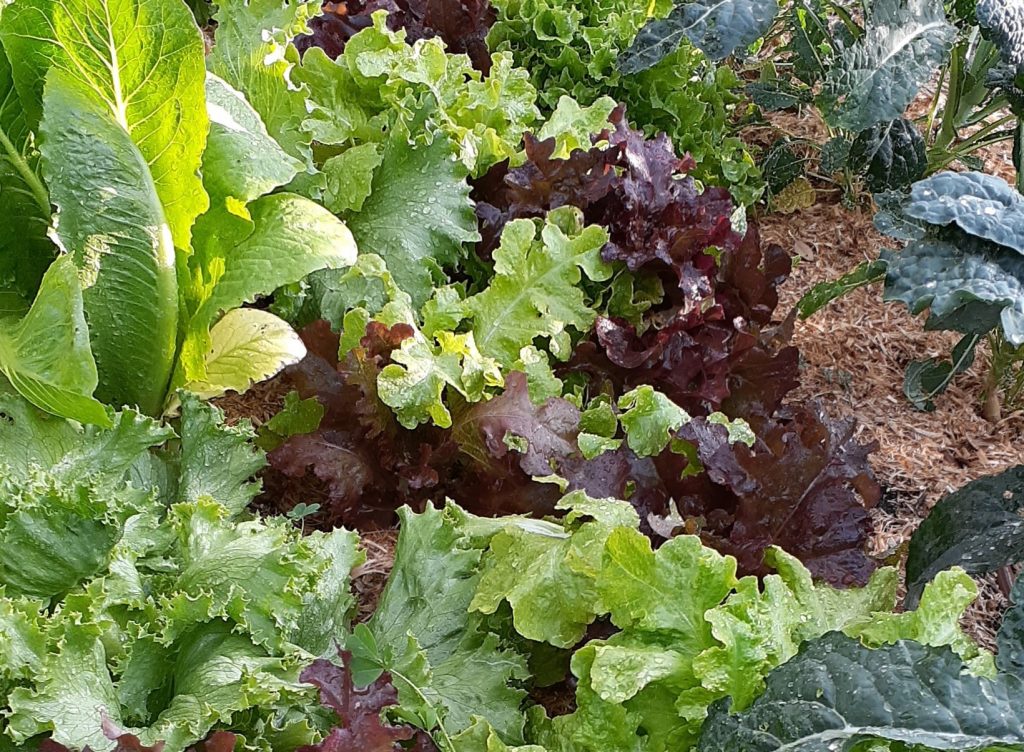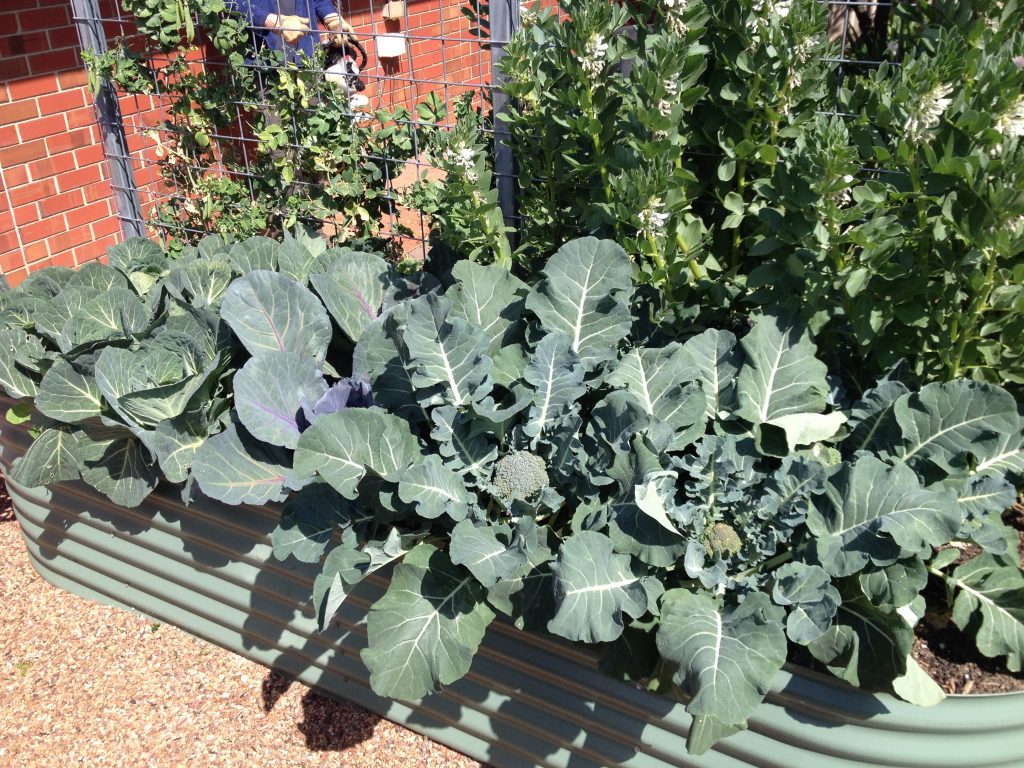With current and future pandemics and associated economic shocks having the potential to stretch food resources and security maybe its time to consider growing some of your own food. So many urban gardens are underutilised in terms of the potential benefits from food growing and even current garden design practitioners seem predominately focused on ornamental garden design. Some of those benefits include;
- on-going access to fresh, and better tasting produce
- a stronger connection with your garden and nature
- less reliance on bought, and higher footprint produce
- better health and well being…to name a few!

There are so many opportunities to grow food in our gardens, what is lacking is a little imagination and insight into what those possibilities might be. Some might also say, ‘lack of time or resources,’ which is reasonable but less of an issue if the idea is given proper consideration and the benefits are understood. In the first instance consider your own garden and how it is currently utilised. Take some time to properly assess…are there tired and neglected spaces including lawns. If not then challenge yourself to consider an area of your garden, lawn, paving etc, including the front garden, that could be used for growing food. Some things you may need to consider include;
- optimal location and how much space is needed particularly for fruit trees, with limited space consider dwarf fruit trees
- veggies – raised or ground level beds, raised beds have an initial capital cost, but if one is less active or physically restricted they may provide easier access and overall maintenance. There are lots of options available to construct raised beds from second hand materials that include; tyres, bricks/modular blocks, iron sheets, sleepers, pallets, pots, tanks etc
- slope/drainage issues – raised beds may help address slope/level changes
- availability of sun – at least 5-6hrs, and particularly in winter when sun lower in sky
- composting options
- access to water
 It does require some thought to reinterpret an existing space (as a food bowl) including how it will integrate with existing elements and structures. Landimpact can help guide this process.
It does require some thought to reinterpret an existing space (as a food bowl) including how it will integrate with existing elements and structures. Landimpact can help guide this process.
Above all aim to keep it simple both in terms of design and installation to reduce costs and inputs of materials, and ultimately your carbon footprint. Consider collaborating with your neighbours to install gardens and ultimately share produce. Landimpact can help guide (and implement) your productive garden ideas. It might be just initial guidance on integrating a productive garden into an existing garden, or you may want to incorporate fruit trees, or if time poor you may need ongoing support with maintenance to keep your garden productive.
Given the potential for future food shortages there is no better time to focus your thoughts on growing your own produce and becoming more self reliant
